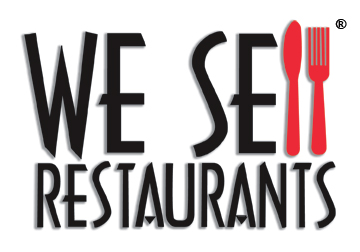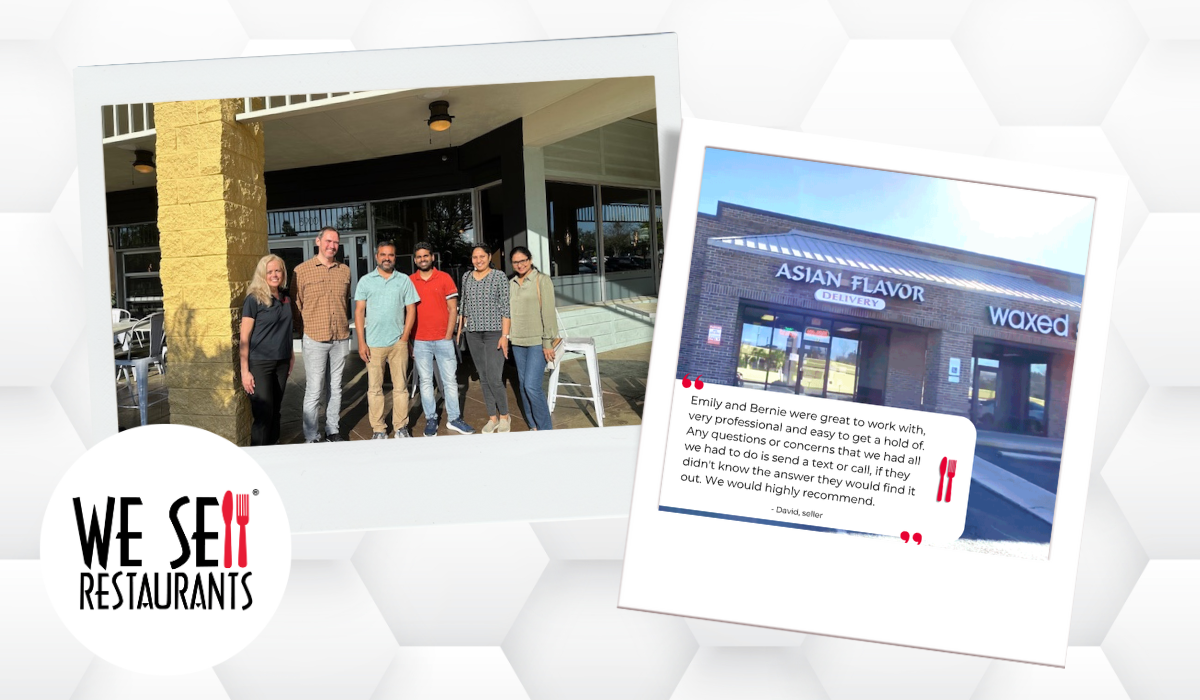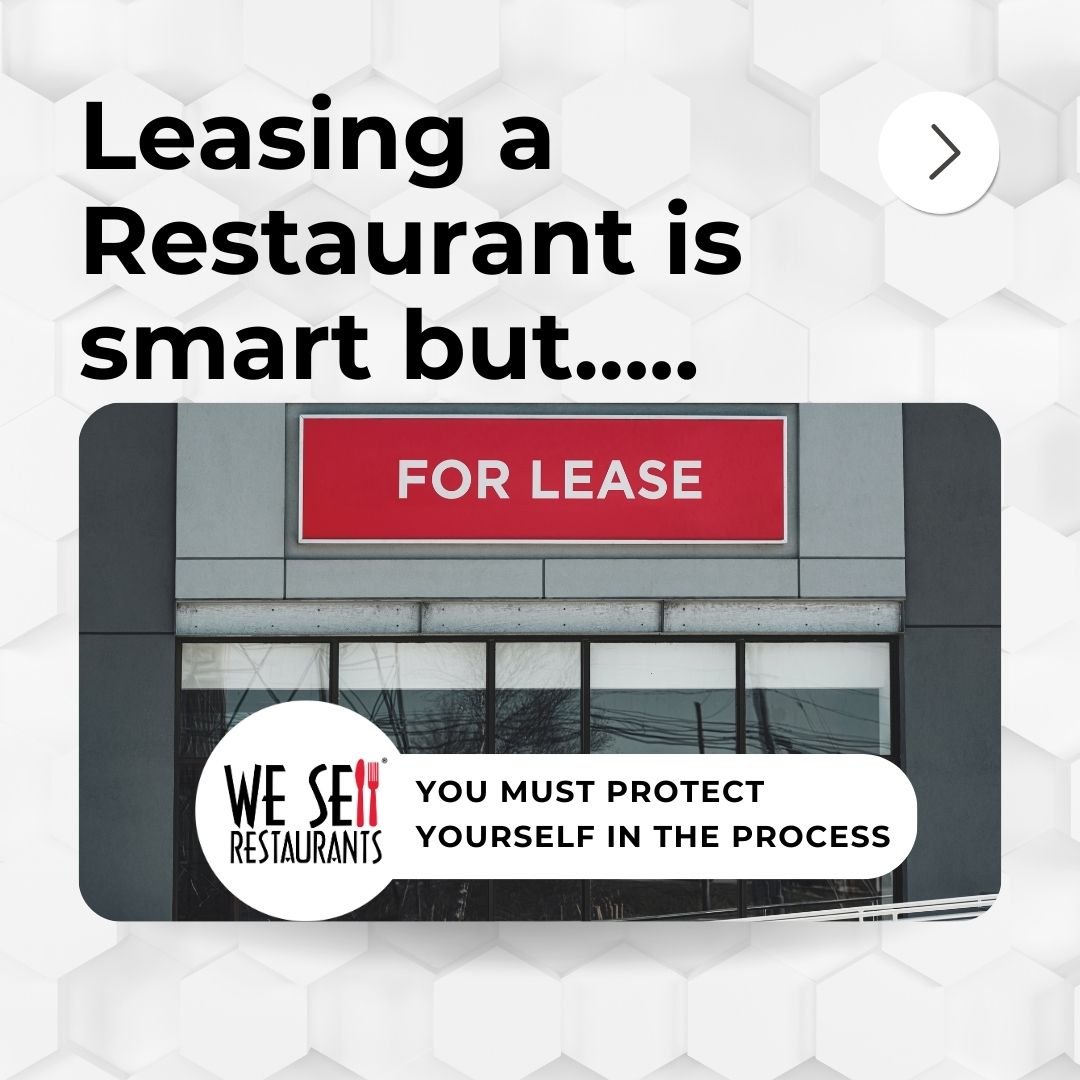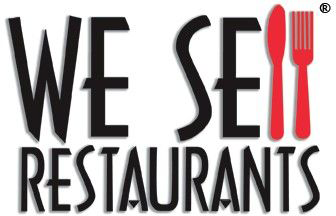 This is another post in our series on due diligence. In the first two posts, we looked at sample Atlanta restaurants for sale and due diligence requests. We demonstrated why those purchasing a lower priced business should not expect Wall Street level financials. In this article, we’ll reveal what is reasonable and customary in due diligence for a cash flow positive business.
This is another post in our series on due diligence. In the first two posts, we looked at sample Atlanta restaurants for sale and due diligence requests. We demonstrated why those purchasing a lower priced business should not expect Wall Street level financials. In this article, we’ll reveal what is reasonable and customary in due diligence for a cash flow positive business.
Due diligence at its most basic level is answering one simple question and that is “What are you trying to confirm about a restaurant for sale in Atlanta or another major market?” Once you understand the question, it’s much simpler to get to the answer. For restaurants, there are essentially four things you need to confirm in due diligence. These are:
- Sales
- Expenses, including add-backs
- Equipment Condition
- Permits and Licensing
That’s it. Don’t get overly drawn into a due diligence process that leaves you with piles of paper but no clear answers.
For today’s blog we’ll talk about a straightforward approach to confirming sales. Sales are the lifeblood of the business and do need to be validated.
Start by requesting the following items for the prior twelve-month period. If you are buying a restaurant based on cash flow and you’re comfortable with the multiple, there is no reason to do this for longer than twelve months. The last twelve are the ones used in pricing and reflect current trending.
• Profit and loss statement or P&L (monthly or, more commonly, annual for restaurants with sales under $1 million)
• Tax returns for the same period
• Copies of monthly sales tax filings for the same period
• POS (point of sale) system reports (monthly printout)
For most restaurants, the starting point to confirm sales is the POS (point of sale) system..
1) Compare total sales on the POS system for a monthly time period to the P&L for the monthly time period. If there is no monthly P&L available, use the annual numbers.
2) Compare the POS sales for the month to the monthly sales tax filing with the state. Do it for twelve months.
3) Add up the monthly sales tax filings and make sure the total is a match to the annual P&L.
4) Compare the annual P&L sales number to the income tax return sales line.
If sales match (within 1% to 3% or so for rounding, lagging of booking credit card receipts and nontaxable sales), congratulations, you’re done! If they do not match or are off by substantial amounts, call a meeting with the seller and his CPA to understand why.
That’s step one in due diligence on a cash flow positive business. We’ll blog next week on how to confirm expenses in the due diligence process.

 404-800-6700
404-800-6700








